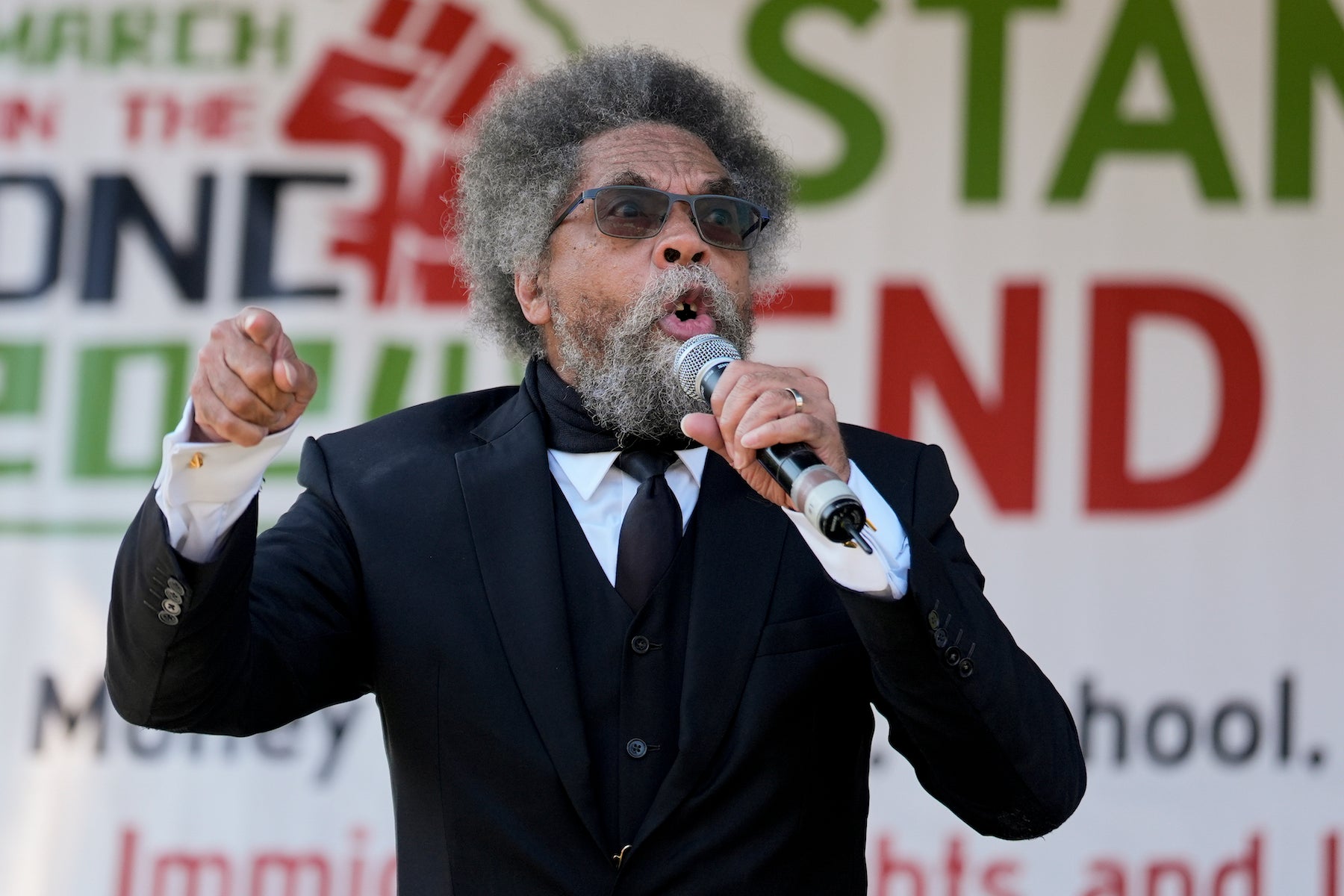Lifestyle
Joey Lawrence's Wife Samantha Files For Divorce, Wants Sole Physical Custody
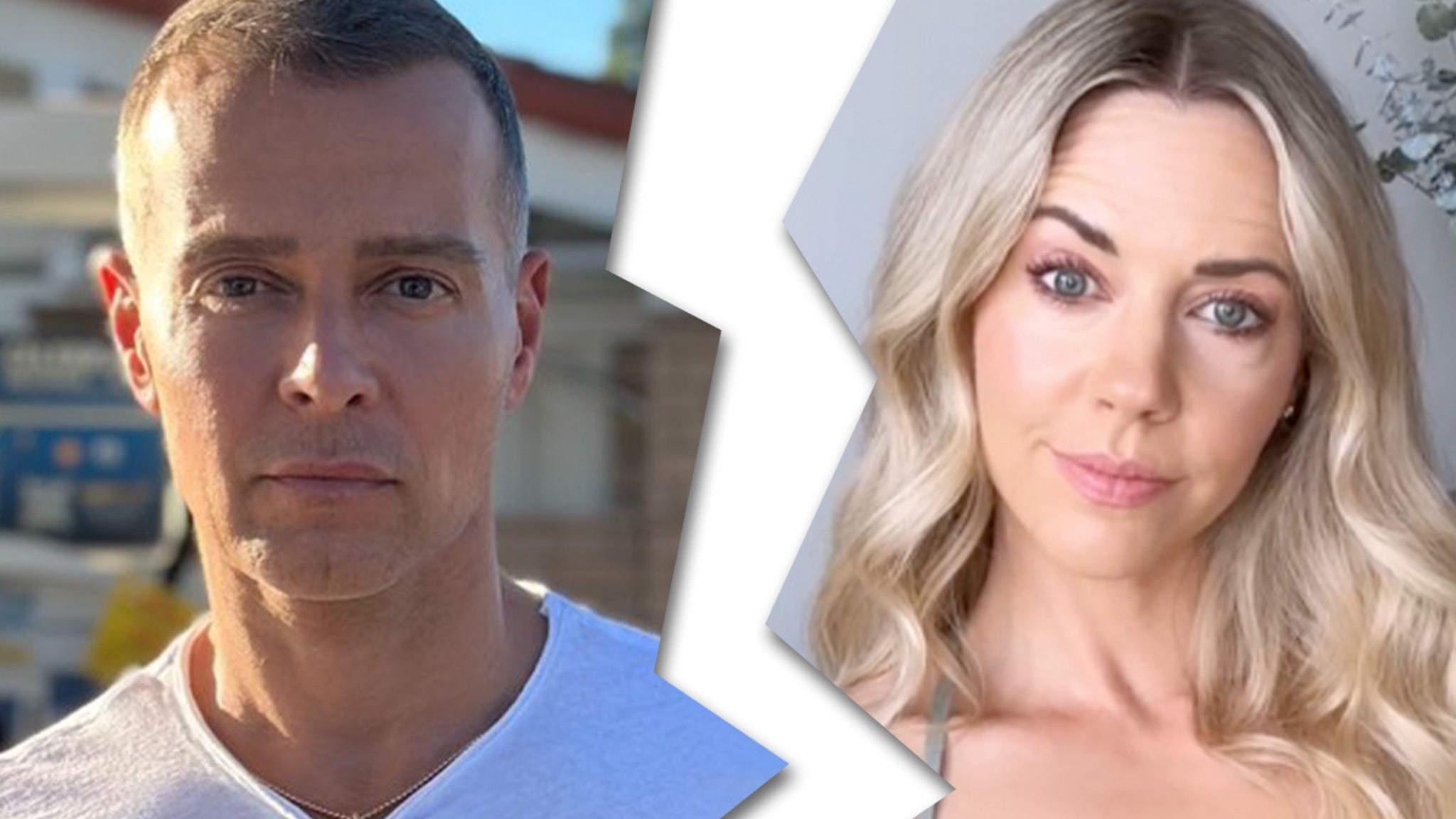
Joey Lawrence‘s wife has filed for divorce … citing irreconcilable differences — and she’s asking for sole physical custody of their daughter, with some pretty major restrictions on Joey.
Samantha Lawrence — Joey’s wife of 2 years — filed the divorce docs about 2 months after she says they separated back in June. She checked the box to block the court’s ability to award either of them spousal support … but she’s certainly demanding the lion’s share of access to their daughter.

In the docs, she specifically asks the court to award her 100% physical custody … with Joey allowed to visit only at her discretion.
She says once their daughter Dylan — born in January 2023 — turns 3, she’s willing to allow their daughter to stay with Joey for up to 2 nights a week … but, requests he not be allowed to take her for extended periods of time … until she’s older and can consent to such visits.
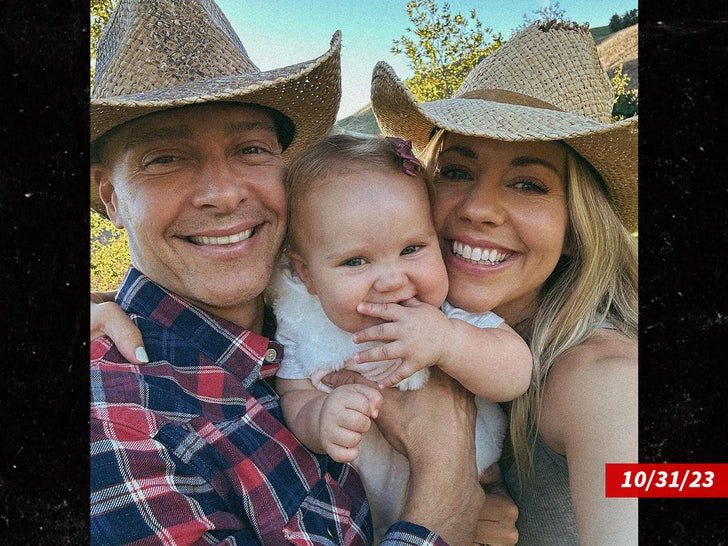
Samantha adds she doesn’t want any non-family members around Dylan while she’s visiting her father either … unless Samantha gives the OK.

It’s a pretty stringent ask … and could signal things might get nasty between them over custody issues.
Joey and Samantha met while filming a Lifetime movie together back in 2020 … getting engaged in August of the following year, and marrying in May 2022.
Waiting for your permission to load the Instagram Media.
Samantha sorta alluded to a split on her Instagram in recent weeks … unfollowing Joey, taking him out of her bio — and, posting cryptic messages that seemed to indicate the couple was splitting up.
We’ve reached out to Joey … so far, no word back.

Lifestyle
Frazier's 'Paradise Bronx' makes you want to linger in NYC's 'drive-through borough'

Paradise Bronx
Macmillan Publishers
hide caption
toggle caption
Macmillan Publishers
The Bronx? You gotta be kidding me.
That’s how I imagine a lot of people might react to the thought of reading a 500-plus-page history of the Bronx, the only borough of New York City attached to the mainland of the United States and, therefore, the drive-through borough.
As Ian Frazier writes in his new book, Paradise Bronx, the borough has been “slice[d]and dice[d]” and “almost destroyed” by interstate highways, expressways and parkways. But read the opening chapter of Paradise Bronx and I think it’s a good bet that, like a car stuck on the Major Deegan Expressway, you’ll stay put for hours, except voluntarily.
Frazier’s signature voice — droll, ruminative, generous — draws readers in. His underlying subject here is even bigger than the Bronx: It’s the way the past “bleeds through” the present. Here’s Frazier at the end of that opening chapter, describing the thrill of looking at a white wampum bead that a friend of his unearthed:
The truth of a place often is not hidden but can be seen in plain sight. Bulldoze enough dirt, slap down enough paving, and run enough traffic over the past, and you can sometimes eliminate it in one location, only to have it pop to the surface in another. I don’t know why this kind of survival fascinates me. I guess it’s connected to the idea of eternity — to the way the world might be in the mind of God, or in the nonexistent mind of the-God-who-doesn’t-exist.
In Paradise Bronx, Frazier embarks on a roughly chronological ramble through Bronx history and places. He begins with the Native peoples, whose mounds of left-behind oyster shells can still be discerned on the shore of the East River, and ends with the current revitalization/gentrification of the Bronx.
In between, Frazier vacuum-packs over five centuries of facts and stories about the Bronx. He devotes an extended section to the crucial role the Bronx played in the American Revolution and especially revels in the borough’s “boom era” of the early 20th century, when immigrants fled the jam-packed Lower East Side to “Paradise Bronx”: Streets were filled with kids playing stickball, and on every corner stood a candy store spouting forth egg creams.
During this time, Leon Trotsky, W.E.B. Dubois, and eugenicist Madison Grant — whose racist best-seller, The Passing of the Great Race, garnered a fan letter from Adolph Hitler — were all simultaneous residents of the borough. And, Frazier explores how, after World War II, the Bronx “would be the victim of planned destruction, aided and aggravated by indifference.”
But, let’s not skip over hip-hop, born in 1970s Bronx, during the very same time when arson fires were raging and the borough was crumbling! Frazier digs deep into hip-hop’s origins, as many other historians and critics have done, but it’s passages like this one that make Paradise Bronx the vibrant ode to the borough that it is. Here’s Frazier describing the moment in 1974 when one of hip-hop’s creators, Grandmaster Flash, heard the music of another creator, Kool Herc, for the first time at a party in the Cedar Playground in the Bronx:
Every violence that could be visited on a place, short of carpet bombing, had been visited on the Bronx. It had been burned and razed and bulldozed, and run over by highways, and blasted with dynamite. It had been disrespected and unbenignantly neglected …
Now the Bronx was answering back. Huge machines had assaulted it; now huge speakers blasted a response. What Herc was playing was not only the loudest music Flash had ever heard, it was the loudest sound he had ever heard. …
When I stop by Cedar Playground, as I do from time to time, there are never a lot of people there … The traffic on the Major Deegan speeds or crawls. … The site of Fort Number 8, the Revolutionary War fort that was built by the Americans and taken over by the British, is on a cliff above the valley. What did the fort’s cannon sound like, long ago. … How did those cannon sound, echoing and reechoing in this canyon?
Only a poet-historian like Frazier could make me resolve to open my window and listen the next time I’m stuck on the Deegan.
Lifestyle
The physical media we still treasure : Pop Culture Happy Hour

Lifestyle
My best friend is 30 years my senior. Here's what she's taught me about life
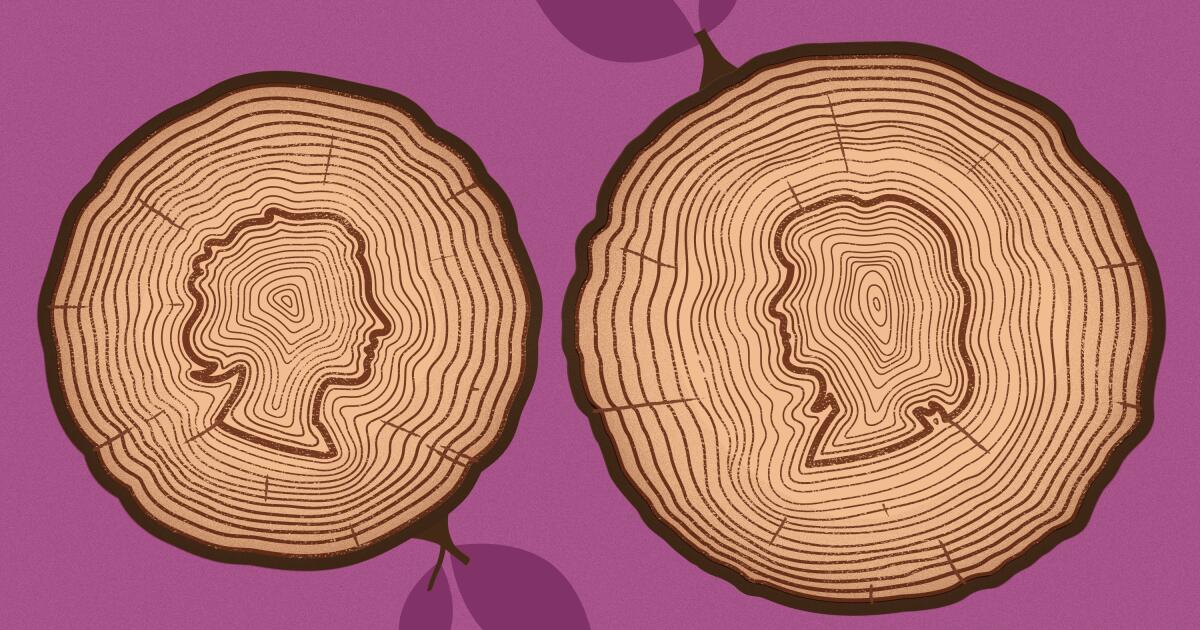
She was 63.
I was 33.
We shared cocktails at a rooftop bar overlooking Sunset Boulevard during golden hour. And the connection was palpable.
No, this isn’t the start to an “L.A. Affairs” romance column. But it is about a love affair of sorts. My best girlfriend of the last two decades is 30 years older than me.
I met Loraine in 2001. I was newly married and working as an associate arts editor at L.A. Weekly, where I was writing book reviews and covering the arts. A friend introduced us at a literary salon one evening. It was a brief business exchange. We were sitting on the floor of the now-shuttered French-Vietnamese restaurant Le Colonial, cross-legged on silk pillows awaiting the start of the readings. Loraine leaned over and gave me her card, mentioning she had just published a debut novel.
“It’s about marriage, adultery and regular church attendance,” she whispered, clearly pleased with her pithy elevator pitch. I stuffed the card in my purse.
A few weeks later Loraine convinced me to meet her for apple martinis at a rooftop restaurant on Sunset Boulevard. I had been hesitant to spend a free evening with a relative stranger who was a generation-plus older than I and with whom I assumed I had little in common. My friends at the time were all raucous creative types in their 20s and early 30s. Clichés raced through my head: Would she be stuffy or old-fashioned? Would we have anything to talk about? I’d have to watch my manners.
“I’ll be home within the hour,” I told my husband, determined to keep the meeting quick and cordial, a professional nicety.
But our conversation stretched on and on. I learned Loraine had grown up in a small town just north of New Orleans, one of the only Jewish families there at the time. She’d studied art in Paris during college — and she regaled me with stories of ill-fated romances she’d had there — before breaking into Hollywood as a TV writer in the 1970s. She penned what many consider the single most iconic TV show in pop culture history in 1980, the “Who Shot J.R.?” episode of “Dallas.”
“Then I made a pivotal mistake in my career,” she told me.
“What?!” I was rapt.
“I turned 50. That was it. Hollywood stopped calling,” she said, shrugging matter-of-factly. “So I turned to writing novels instead.”
“The Scandalous Summer of Sissy LeBlanc” would go on to become a national bestseller.
Loraine Despres Eastlake in 2021.
(Wendi Weger)
It was one of those mysterious, pivotal nights. Seemingly benign at the time, it proved to be life-changing in hindsight. Loraine’s resilience and joie de vivre was inspiring. I didn’t for a minute notice the age gap — and haven’t to this day.
Sure, Loraine has curly, silver hair and oversized glasses and, at 86, now walks a tad more gingerly than she used to. But I don’t see an older woman when I look at her; I see the essence of a person, timeless and ageless, housed in a corporeal shell (one that’s in pretty darn good shape, I should add). I see a teenage girl, still ever-curious about the world around her. I see a 20-something women, still evolving through new creative pursuits, most recently poetry writing. I see an accomplished power player in midlife at the peak of a highly successful TV writing career, self-satisfied and oozing with agency. I see a woman, late in life, struggling to unearth new pathways toward creative and intellectual relevance — and succeeding.
Suffice to say: My editor ended up passing on the book review, but Loraine got me instead.
As our friendship blossomed I learned that Loraine was all kinds of fabulous. She was part New York intellectual, part West Coast hippie, part Hollywood elite. Her closet was stuffed with expensive designer clothes, which she often passed over for unassuming yogawear. She drank Prosecco and swam naked in her cobalt-tiled pool. She once convinced me to spend the entire afternoon lying on our backs, in the dirt, beneath an old and glorious oak tree in Franklin Canyon Park, the sun glimmering through the leaves.
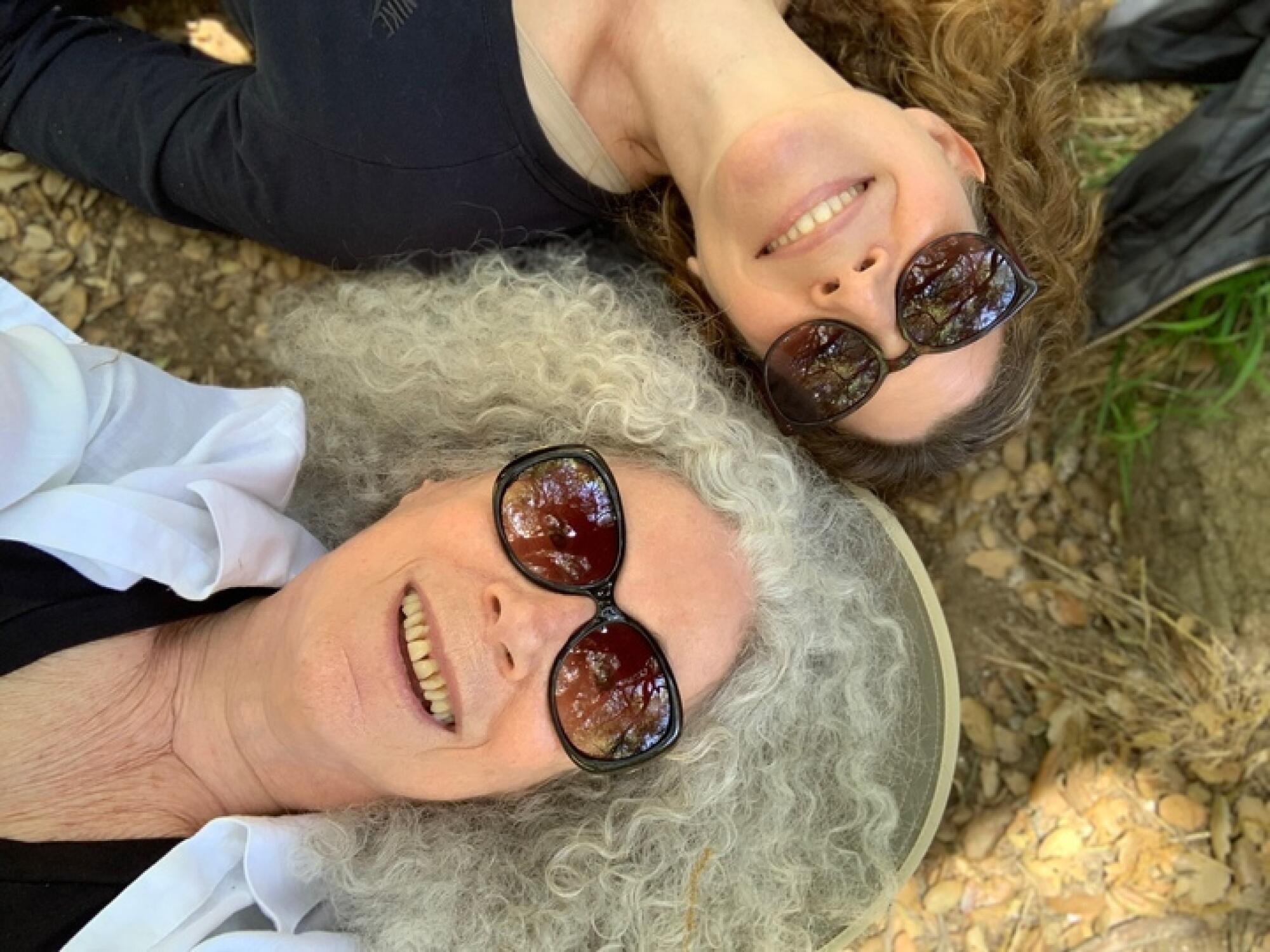
Loraine Despres Eastlake, left, and Deborah Vankin lie on the ground under a tree in Franklin Canyon Park in 2022.
(Deborah Vankin)
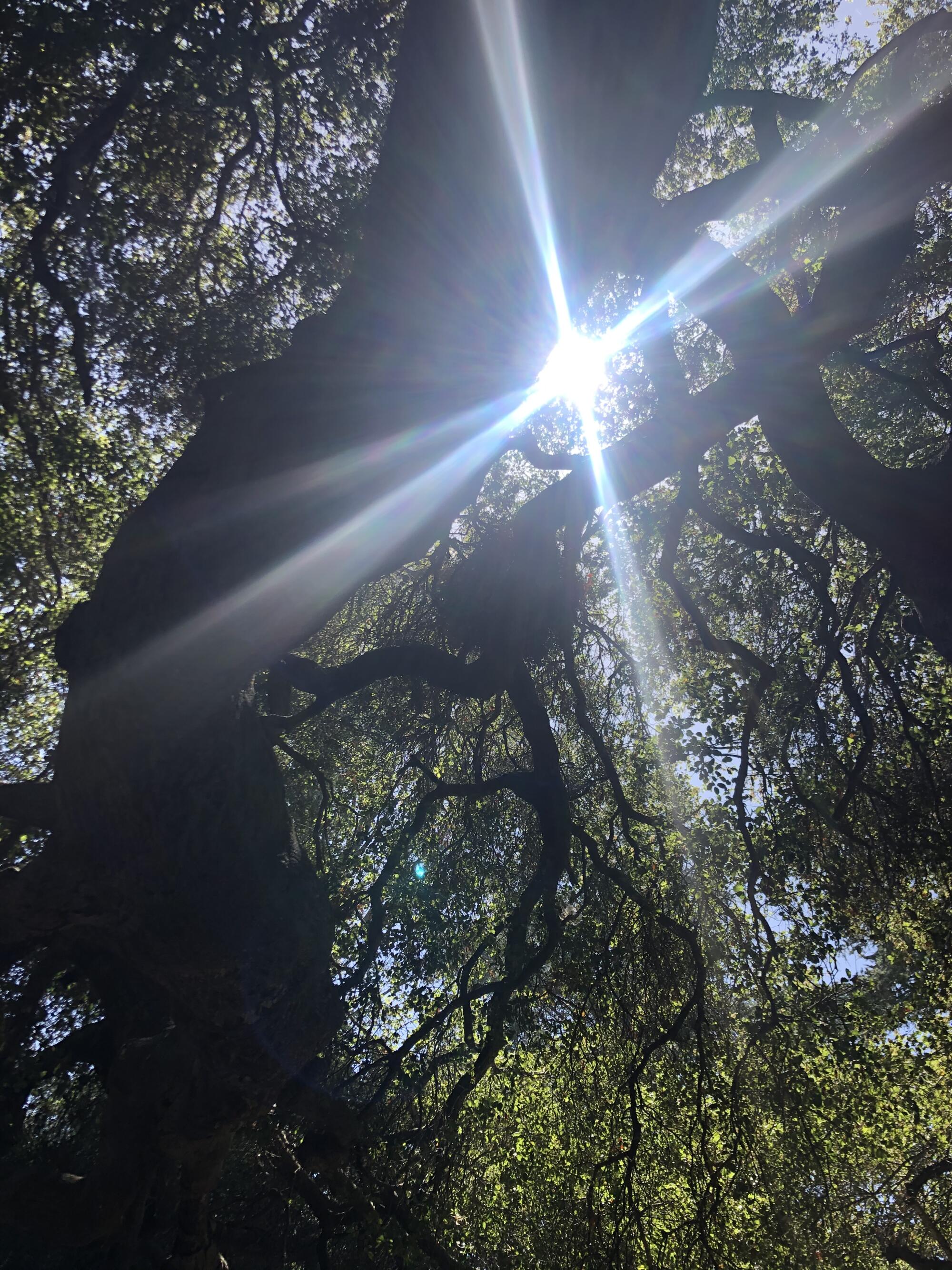
The sun shimmering through tree leaves provided the afternoon’s entertainment.
(Deborah Vankin)
She knew so much about art, an interest we bonded over and which would become a throughline of our friendship. When I began covering art for The Times, she became one of my go-to plus-ones for museum and gallery openings. We’ve taken that interest abroad too, touring art studios in Cuba, visiting museums in Vienna and, most recently, journeying to Japan’s art island, Naoshima.
I suppose this is where I relay how the three-decade age gap has provided illuminating pearls of wisdom during divorce, career changes and aging woes. But honestly? That’s not been the case. Loraine is there for me in an emergency, but she isn’t the motherly, advice-dispensing type.
Rather, Loraine teaches by example. She’s living proof that fabulousness is about attitude, not age. And that vitality has less to do with hip mobility than it does a sustaining lust for life and unrelenting curiosity about the world. I wonder: Had I not met Loraine, would I be aging, now, with as much ease and universality? Would I be more susceptible to the rigid and relentless stereotypes with which society brands women of a certain age? Loraine is, above all else, a writer. And the narrative she’s crafted for herself — a feminist art scholar turned advertising copywriter and single mother turned happily remarried TV writer turned novelist turned poet — bucks society’s expectations. I hope to continue writing it.
“Oh, it’s so nice you have a surrogate mother in L.A.,” my own mother would often say of Loraine when she visited from the East Coast. Loraine is older than my mom and the fact that I had a “kind of aunt-like person” living nearby brought her comfort.
Loraine would bite her lip whenever my mom said that; but afterward, we’d marvel at the mischaracterization of our friendship. Our conversations are devoid of motherly energy; instead they range from our romantic lives to clothes to books and contemporary art. Our recent Japan trip included several nights at a yurt camp by the sea (which we abandoned due to mold).
Last July Fourth we climbed atop an Echo Park hillside, took edibles and watched the fireworks melting across the sky.
“Really, where do you think we go when we die?” I asked in a haze.
“Beats me,” she said, chuckling. “Pass the nuts, will you?”
Then we burst out laughing.
The beginning of the 2020 pandemic was the first time I ever felt our age gap. Our experiences sheltering in place were very different. I was batch-cooking soup and binge-watching FX’s “Better Things,” relishing what felt like a rare solitude. Loraine became low-level depressed and, as the months of the pandemic turned to years, tinged with bitterness. It was a rare mood for the typically happy-go-lucky Loraine.
“It’s like being robbed of the last years you have left,” she’d say on the phone. “I’m withering here at home.”
Recently, Loraine’s taken to repeating herself, as is the case with almost anyone her age.
“So what are you up to this weekend?” she’ll ask me on the phone, minutes after I answered the question already.
I just politely repeat myself, resigned to a sort of linguistic meditation, learning to enjoy the same conversation threads over and over again.
When we broached the issue recently, she told me, sighing: “I suffer from CRS.”
I braced myself for what that meant.
“Can’t Remember Shit,” she said, laughing — one of her long, loose chuckles that trails off with a cheery whine, as if she were a flapper wielding a cigarette holder in the air, head tossed back in the wind. “It is what it is.”
I’ve found myself using that phrase a lot lately: It is what it is. Loraine may not overtly mentor me in life, but her open embrace of whatever life offers reminds me to be present, to live in the moment.
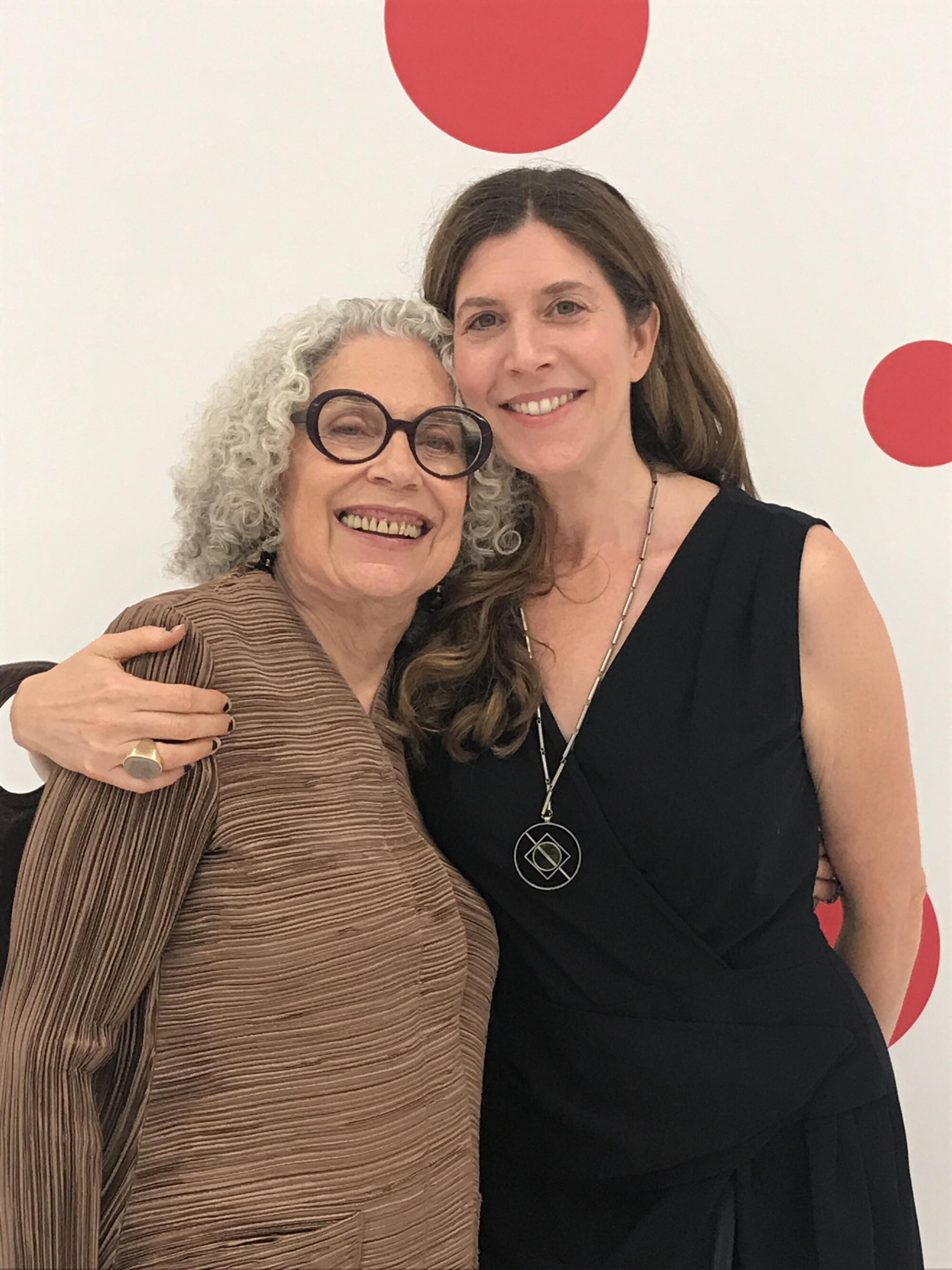
Loraine Despres Eastlake, left, and Deborah Vankin in a Yayoi Kusama art installation in 2018.
(From Deborah Vankin)
Thinking about our friendship, I see a supercut of us: the time Loraine and I danced on a cafe rooftop in Cuba to live music; when we sailed through the air on trampolines on my 45th birthday with ’80s music playing over the loudspeaker; the New Year’s Eve we posed for selfies in wigs at a friend’s house; Loraine chasing a flying cockroach around our Miami hotel room as I squealed from atop the bed; her pure, unabashed joy when we rounded a corner in a Naoshima museum recently and she found a Cy Twombly work on display.
We were, in all those moments, 16 and 35 and 86. We meet somewhere in the middle, in the universal mind meld that is true friendship. And I’m grateful for every year of it.
-

 Ohio1 week ago
Ohio1 week agoOhio taxpayers sent families $966 million for private school tuition: Capitol Letter
-

 World1 week ago
World1 week agoWhat could an EU Commissioner do to tackle the housing crisis?
-

 News1 week ago
News1 week agoFull Trump-Musk Interview: Assassination Bid, Iran-Israel, Russia-Ukraine, Kamala-Biden, US Election
-

 News1 week ago
News1 week agoRoger Stone says his email accounts were how the hackers got into the Trump campaign
-

 Science1 week ago
Science1 week agoOpinion: A route to safer chemotherapy
-

 World1 week ago
World1 week agoUkraine recieves €4.2 billion from EU as part of recovery plan
-

 Politics1 week ago
Politics1 week agoTrump legal cases in limbo after SCOTUS immunity ruling, freeing up schedule to campaign
-

 World1 week ago
World1 week agoA hidden ocean on Mars, would it spur human settlement?

